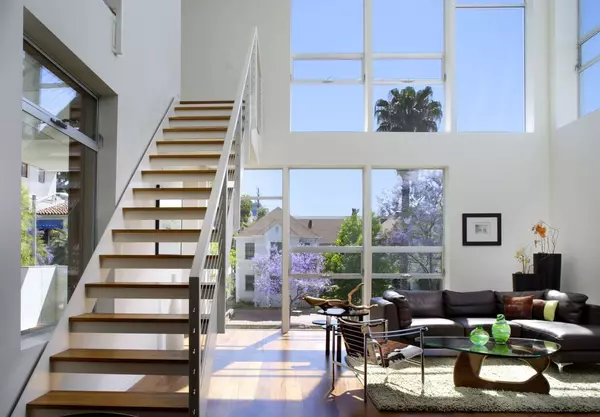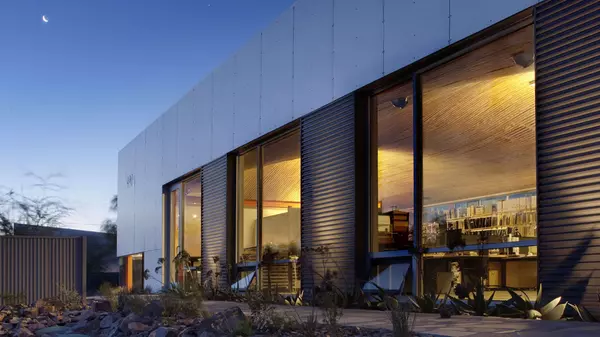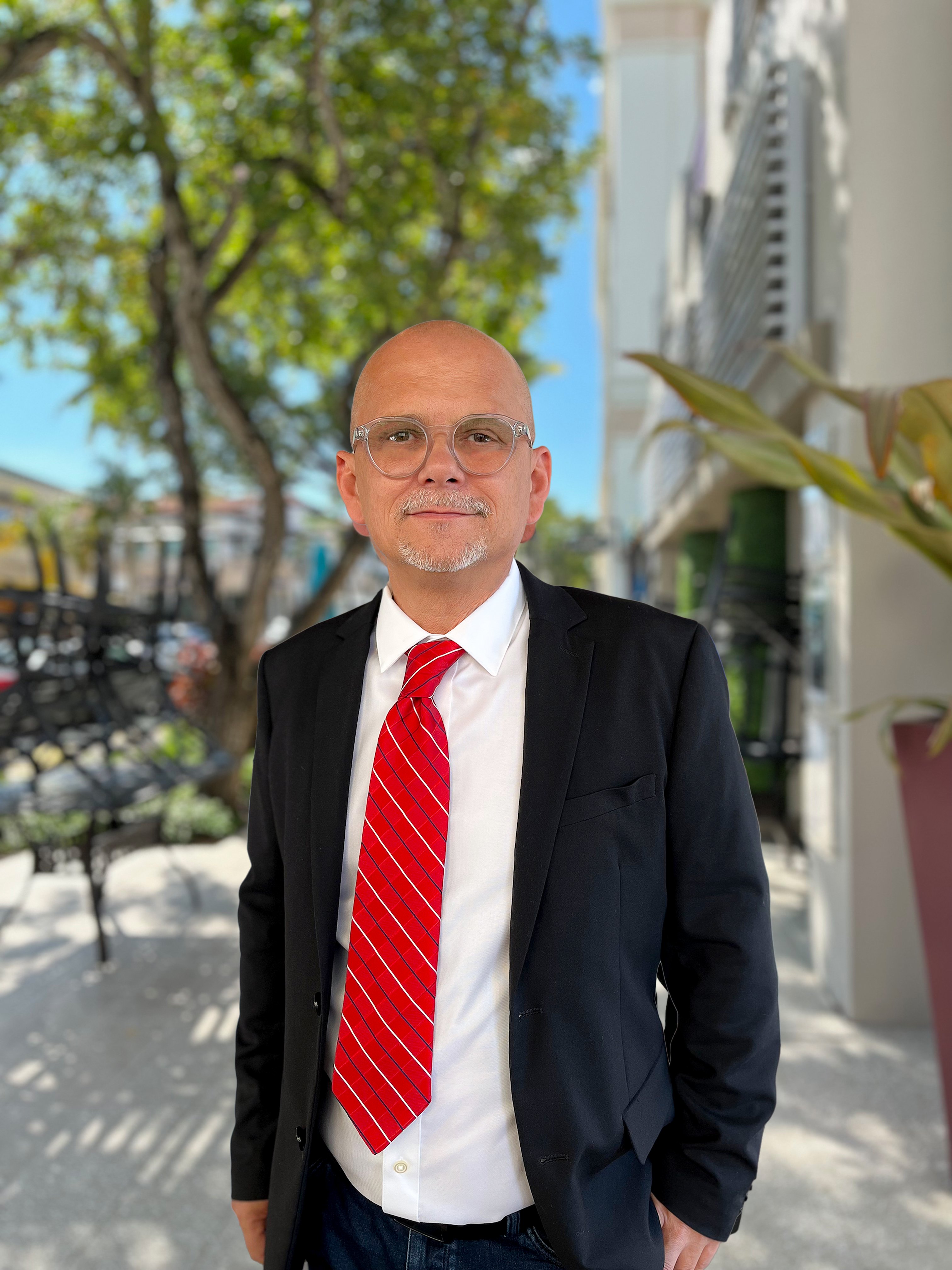L.A. Wildfire Rebuilding Drags On With Just 1,320 Permits Issued—as Victims Turn to ADUs
Nine months after devastating wildfires scorched a path of destruction through parts of Los Angeles and surrounding areas, most displaced residents are still struggling to rebuild—with some relying on alternative housing placed on their burned lots.
The January 2025 fires killed at least 30 people and damaged or destroyed more than 11,000 homes in the star-studded enclave of Pacific Palisades and the community of Altadena.
As of Wednesday, the Los Angeles Department of Building and Safety (LADBS) has received a little over 1,800 building permit applications related to post-fire recovery in the section of the Palisades fire zone that falls within L.A. city limits—and approved 758 of them, an agency spokesperson tells Realtor.com®.
Meanwhile, Los Angeles County, which oversees rebuilding in unincorporated areas, including Altadena in its entirety and some portions of the Pacific Palisades fire zone within its jurisdiction, has issued to date 568 building permits in response to 2,220 applications received, according to the county’s permitting progress dashboard.
Altogether, the number of permits issued by both the city and the county amounts to less than 10% of the homes that were destroyed by the Palisades and Eaton fires.
Post-fire recovery pace remains sluggish

By most accounts, post-fire rebuilding has been slow going, despite city, county, and state officials’ efforts to expedite the process through an array of aid recovery bills; executive orders from California Gov. Gavin Newsom; and ordinances from the City Council aimed at cutting through red tape.
According to a recent press release from the office of Los Angeles Mayor Karen Bass, as of mid-October, roughly 230 homes were under construction in Pacific Palisades—a fraction of the nearly 6,000 properties that went up in flames in the area.
Bass touted the pace of recovery, saying that rebuilding permits were being approved nearly three times faster than typical single-family home projects before the fires.
"I have issued nine emergency executive orders and two executive directives to speed all aspects of recovery and support Palisadians’ safe return to their neighborhoods," Bass stated.
In the Palisades, close to 100% of debris from the fires has been removed from burnt lots by the U.S. Army Corps of Engineers and private contractors, clearing the way for construction.
However, the rebuilding process has been bogged down by insufficient insurance payouts, elevated construction costs, labor shortages related at least in part to the Trump administration's ICE raids targeting undocumented immigrants, and wrangling over zoning issues.
A survey conducted last month by the Department of Angels, a fire recovery organization, revealed that 9 out of 10 Pacific Palisades residents and 8 in 10 Altadena residents have remained displaced.
The group, which surveyed more than 2,300 people affected by the fires, also found that some 75% of people in the Palisades and 67% in Altadena were living in temporary housing, according to the report published Wednesday.
Alternative housing solutions

As the rebuilding process drags on, a growing number of homeowners are turning to accessory dwelling units, or ADUs, for shelter.
Ranging in size from cozy cottages to full-size detached homes, ADUs, sometimes called granny flats, have surged in popularity in recent years as a convenient way to add extra living or working space to a property.
Typically, homeowners would erect ADUs in their yards to use as home offices, guesthouses for family members or caretakers, or as rental units to generate additional income.
Mike McNamara, co-founder and CEO of Samara, a company specializing in ADUs and backyard homes, tells Realtor.com that after the January fires, California has introduced new regulations to allow alternative housing options to be built before the main residence as part of the recovery effort.
Since then, more than 5,000 permits for ADUs have been issued within Los Angeles, according to the latest available data from the city's building department.
"Because our homes go in fast, we're seeing interest from families who want to get back on their property quickly, even while the main house is still in planning, and from landlords who want to start earning rental income now instead of waiting out a long rebuild," explains McNamara.
But the CEO adds that most of the inquires have come from people looking to use Samara's larger ADUs as permanent replacements for their destroyed homes.

How can ADUs solve California's housing problem?
Samara's fire-hardened units range from a 420-square-foot studio with a $152,000 price tag, not including installation costs, to an extra-large, two-bedroom, two-bathroom, 920-square-foot backyard home with a starting price of $277,000.
For context, the typical single-family home in Los Angeles had an asking price of just under $1.1 million last month, solidifying the city's status as one of the nation's most expensive housing markets, according to the September housing market trends report from Realtor.com.
"ADUs are absolutely a part of the solution," says McNamara. "Currently, 1 in every 5 issued building permits in California is for an ADU—these are popular for a good reason."
In some instances, McNamara notes, customers are combining multiple ADUs to create "mini-compounds" to fit their lifestyle.
McNamara says that by building Samara's housing units in a factory instead of on site like traditional homes, the company uses a separate labor pool and supply chain, which helps keep prices stable and avoid draining the city's already strained construction resources.
"High quality, precision-engineered homebuilding can significantly expedite construction timelines and more efficiently address displacement issues and housing shortages," argues the CEO.
In the wake of the fires, Samara has partnered with the nonprofit Steadfast LA to provide large prefabricated homes free of charge to low-income victims. These units are designed to be primary residences, because they are on par with the square footage of many of the homes that were destroyed.
The process of designing and permitting a typical Samara ADU takes five to six months, with an additional six to eight weeks for installation, depending on the model and the readiness of the site.
Categories
Recent Posts










GET MORE INFORMATION

Stevan Stanisic
Real Estate Advisor | License ID: SL3518131
Real Estate Advisor License ID: SL3518131
